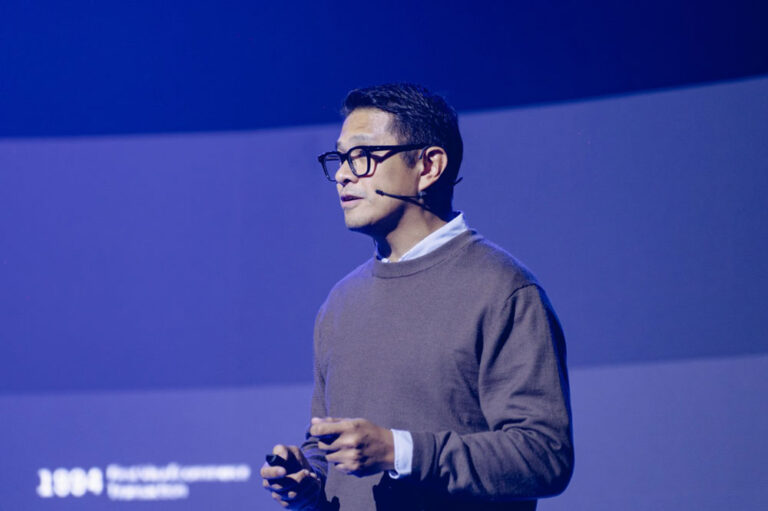The Toyota Group plans to adopt the commercial use of a technology that automatically stops vehicles on the road shoulder should the driver become incapacitated due to sudden illness or other unexpected problems. They plan to begin using the technology around 2020. This technology aims to prevent accidents such as the deadly one that took place in Osaka’s Umeda area in February.
Development of the technology is underway by Aisin Seiki Co. — a major automobile parts manufacturer in the Toyota Group — and others. It features a camera installed behind the steering wheel and an infrared ray sensor that monitor the direction of the driver’s face, motion of their eyelids, and driving posture.
If something unusual occurs and continues, such as the driver’s body leaning, an automated voice response system warns the driver. If there is no reaction from the driver, the manual driving system is automatically switched to a self-driving mode to stop the vehicle on the road shoulder.
Aisin conducted a test drive at a licensing center in the town of Toyokoro, Hokkaido, at the end of February, which was open to the media. In the test, an experimental vehicle safely stopped about three seconds after the self-driving mode was activated.
Each year, there are 200 to 300 traffic accidents that are believed to have been caused by the driver experiencing a sudden illness. In the Umeda case, the police suspect that the driver had an acute aorta dissection and became unconscious, resulting in the fatal accident.
The auto industry has been working to develop systems to prevent accidents by recognizing any unusual physical changes in the driver.
In 2006, Toyota Motor Corp. introduced an automatic braking system for the LS sedan under its luxury Lexus brand. Hino Motors Ltd. has marketed trucks and buses whose systems sound an alarm to the driver if they do not face front for a certain period of time.
The current technologies, however, sometimes fail to precisely determine whether the driver is incapable of driving. Legislation is also necessary to cover accidents caused by self-driving vehicles.(Ayuhiko Sasaki / Yomiuri Shimbun)
Link: http://the-japan-news.com/news/article/0002784983



